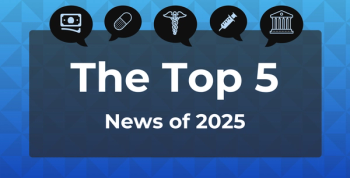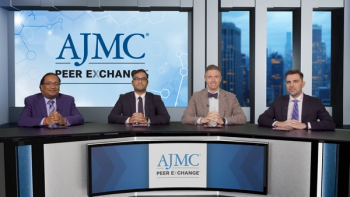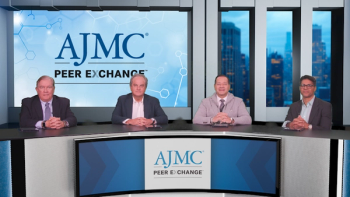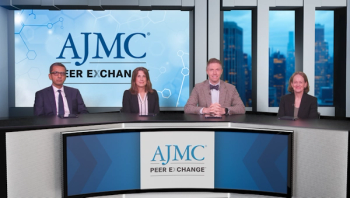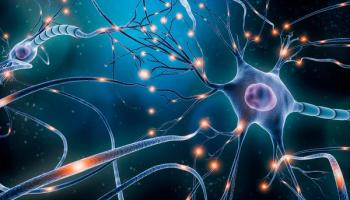
Radiomics to Predict Response to Antiangiogenic Therapy in Glioblastoma
Radiomic combines imaging and computational technologies and can identify patients with recurrent glioblastoma who may benefit from using angiogenesis inhibitors.
A noninvasive approach devised by clinical researchers at the University of Heidelberg in Germany has combined imaging and computational technologies to identify patients with recurrent glioblastoma who may benefit from using angiogenesis inhibitors.
Currently, treatment with the antiangiogenic monoclonal antibody, bevacizumab, is the standard of care in patients with recurrent glioblastoma. However, patient response to this treatment cannot be predicted. According to the paper, published in
“Radiomics is a noninvasive approach that applies advanced computational methods to convert medical images of cancerous tissues into a large number of quantitative descriptors encompassing a wealth of hidden information, much more than what is visible when looking at the images with the naked eye,” Philipp Kickingereder, MD, the study’s lead author,
In the current study, the model stratified patients in the discovery cohort into low- or high-risk groups for progression-free survival (PFS) (hazard ratio [HR] = 1.60; P = .017) and overall survival (OS) (HR = 2.14; P<.001). The outcomes were validated using data on patients in the validation set (HR = 1.85, P = .030 for PFS; HR = 2.60, P = .001 for OS). PFS and OS were measured from the time of treatment with bevacizumab until disease progression and death or last follow-up.
In the discovery set, median PFS and OS for the low-risk group were 5.9 months and 11.8 months, respectively; median PFS and OS in the high-risk group were 3.8 months and 6.5 months, respectively. In the matched validation cohort, median PFS and OS for the low-risk group were 5.6 months and 11.6 months, respectively; for the high risk group, they were 2.7 months and 6.5 months, respectively.
Being noninvasive, “Sophisticated imaging analysis may in the future provide valuable complementary information to histological and molecular data,” Kickingereder said.
Newsletter
Stay ahead of policy, cost, and value—subscribe to AJMC for expert insights at the intersection of clinical care and health economics.

